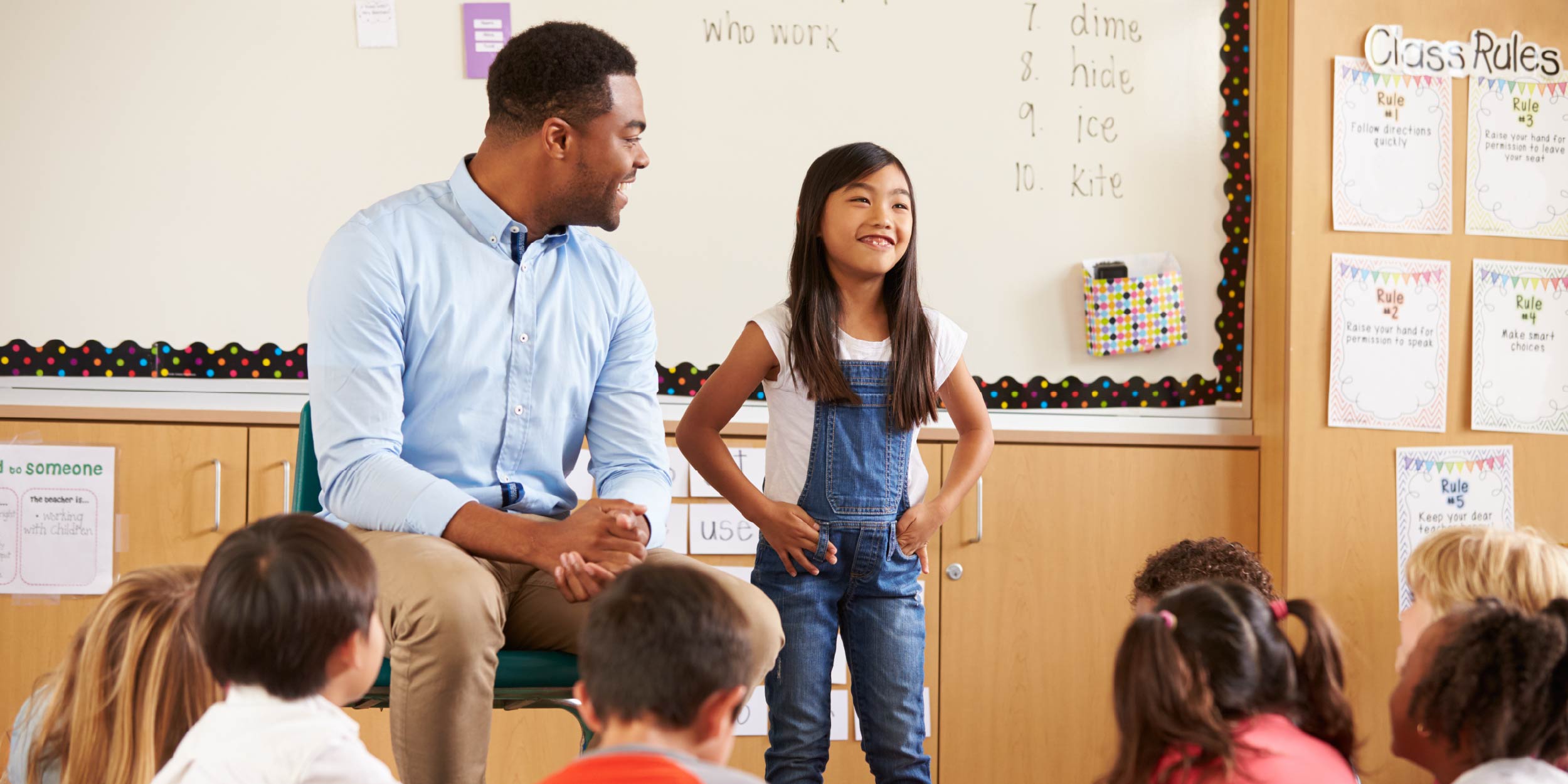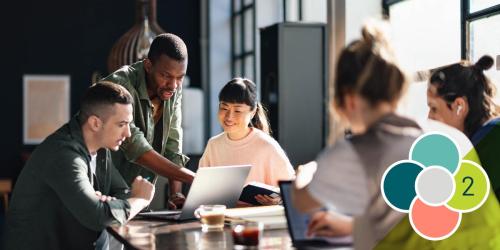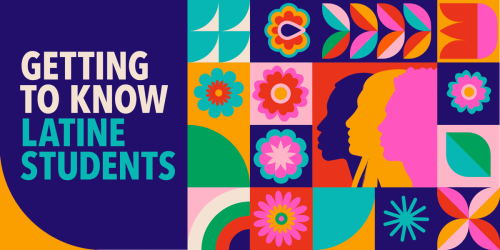Moving Toward Equity by Learning About Students’ Cultures

As a teacher, I am devoted to moving Oregon forward in educational equity. In my own social studies classroom at Gresham High School, I draw on my students’ cultural experiences to shape what all of my students learn. But, it’s also important what I can learn from my students.
One of my most formative experiences came several years ago when I was a new teacher working in the Lake Oswego School District, where many students are from privileged backgrounds. I had the great opportunity to write curriculum and teach in a culture where students took whatever I created and maximized it. However, I wanted more socio-economic and ethnic diversity in my life. When I was young, my grandfather thought it was important for me to learn Spanish. Inspired by Jonathan Kozol’s Savage Inequalities, I left Lake Oswego and traveled to Peru to learn Spanish while working with a more diverse population.
When I returned, I settled in Gresham to live near my grandparents who raised me. I also felt Gresham was a place where I could learn from students. It was 2000, and the district was in the midst of a major population shift. At the time, Gresham had a 3 percent Latino population, compared to 37 percent today. The Gresham school superintendent at the time gathered all the newly hired teachers in a school bus and took us on a tour of the community to see the range of neighborhoods where our students lived. It was an eye-opening experience. It’s easy for educators to slip into a routine and take the same road to work every day, never really getting to see or know the community. Something as simple as a school bus tour can really help educators take things to the next level in the way they relate to their students.
Another significant learning experience for me came just a few months later. A young woman from El Salvador asked me what we were going to do about the 2001 earthquake in El Salvador. She and another student had raised $2,000 in donations. Though we were nearly 3,000 miles away, it was important for us to take action. We turned this opportunity into a learning experience with the class asking community members for donations. After the success of the project, it seemed like a natural idea to take the concept to all classes. That was the beginning of the Humanitarian Project, in which students in my classes engage the community while learning important life skills. Often, the Humanitarian Project addresses natural disasters, but we are also working to meet needs in Gresham. (You can read more about the Humanitarian Project in an Oregonian article from last year.)
The Humanitarian Project taught me to listen to students and to learn about them and the places they are from. I start every new school year with students writing place papers and doing surveys to find out more about who is in the class. In Gresham, we have students from Mexico, Africa, Egypt, and other places all over the world. These activities allow me to honor each student’s culture; what makes it personally exciting is that it also makes my life rich in learning opportunities.
I have been lucky to have international experiences before and during my teaching career. Cultural experiences, like my time in Peru, have given me a sense of what it’s like to live as part of a minority culture and to navigate an unfamiliar system. It’s also shaped the values I bring to teaching. I encourage other teachers to seek out international experiences as a way to learn what it’s like to be an outsider; doing so can help them move toward a more equitable classroom practice and better relate to a student population that’s changing so quickly.
Not all Oregon teachers will have the opportunity to go abroad, but we still need to work to move the state in the direction of equity. When class size floats between 30 and 40 students and the number of languages and cultures represented by our students shifts quickly in our high school classrooms, it becomes more difficult to get to know our students well, culturally speaking. Despite the challenges, it’s something we need to do.
Oregon teachers need time and support for equity trainings. If all teachers in the state have the opportunity to become engaged around equity, we can make a difference. The state should also move to adopt equity standards, like the ones my colleague Gerry Briscoe is working on in Alaska. Equity standards support teachers by giving them a road map to follow and helping them develop the instructional skill set needed so that all students have an opportunity to succeed.
As a society, we are becoming more multicultural every day. As educators, it’s our responsibility to learn from our students and their cultures, and to meet them where they are now and where they will be in the future.
Michael Lindblad is a high school teacher at Gresham High School and the 2016 National Education Association Oregon State Teacher of the Year Global Fellow and the 2015 Oregon State Teacher of the Year.



